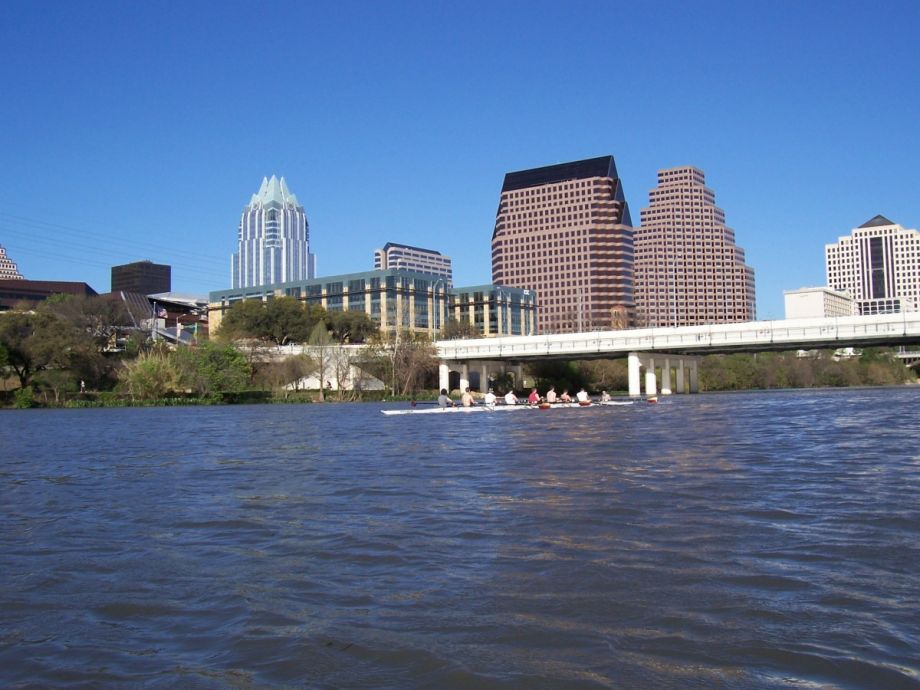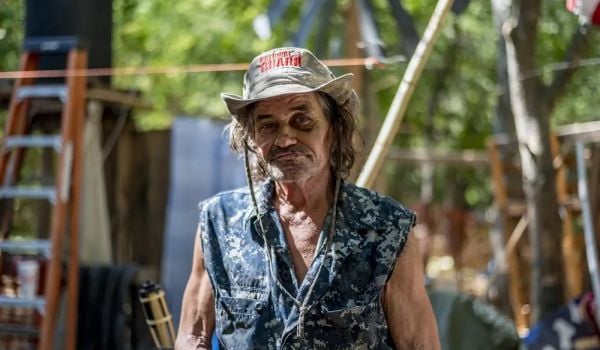On Dec. 19, personal finance website NerdWallet named Austin, Texas, the best place to search for a job in 2017. An unemployment rate of 3.2 percent, employed population growth of 34.51 percent between 2010 and 2015, and a relatively high median earning for full-time workers — $45,669 — in 2015 helped the up-and-coming tech hub gain the top spot.
But those who work with Austin’s low-wage workers or jobless say the ranking should have come with a few side notes. “If you’re a construction worker or working in retail or working at a restaurant in the service industry, working in Texas is about one of the worst places you can work in the country,” says Bo Delp at the Workers Defense Project in Austin.
In 2015, Austin received another No. 1 ranking, this time by the Martin Prosperity Institute, a think tank at the University of Toronto’s business college. Researchers Richard Florida and Charlotta Mellander said the Texas capital had the worst income inequality among urban areas across the U.S. after looking at “detailed measures of income, educational, and occupational segregation” on a neighborhood-by-neighborhood basis.
“I’m sure there are people who come to Austin who are making a lot of money, but when it comes to construction, construction workers who build Austin just can’t afford to live in the city anymore,” says Delp.
He points to a number of national factors that have a direct impact on construction workers in the city. In a Workers Defense Project report called “Build a Better Texas,” Delp and other researchers found that more than one in five workers on Texas construction projects failed to get paid, nearly 50 percent reported getting poverty wages, and Texas has the highest on-the-job death rate among construction workers in the U.S.
That report, tellingly, is partly “dedicated to the Texan families who have lost a loved one to the construction industry.” Following a September 2016 ruling by the Oklahoma Supreme Court to make state-backed workers’ compensation a requirement for employers, Texas is now the only state in the country that lets companies opt out of its government’s workers comp system.
But in Austin, there have been some recent successes in upping the quality of work for non-technical jobs, and they were brought on because of the same economic moves in the city that led NerdWallet to give it a stellar ranking. Apple recently opened its newest campus in the city, and it’s the tech giant’s second-largest location outside its headquarters in Cupertino, California. The company now employs 6,000 people in the Austin area — up almost three-fold from 2009, when it employed 2,100 people.
And the seven limestone buildings that comprise the new location were built by 3,400 well-paid construction workers who also got trained in safety measures.
Apple complied with what’s called the Better Builder Standards in Austin, a construction worker and workers’ rights activists-led initiative that holds developers accountable to paying fair wages and creating safe work environments.
Delp is the director of that program. “In Central Texas we’ve seen 14,000 construction workers work on Better Build sites since 2012,” he says. Almost 40 percent of those report receiving safety training for the first time, and he says “many” reported seeing their pay increase by several dollars over their last job.
“I think it’s leveling the playing field for honest contractors and subcontractors in all industries who want to play by the rules of road, and treat employees with dignity and respect,” says Delp.
Tiffany Daniels, a spokesperson for Workforce Solutions Capital Area, the lead workforce department in the Austin area, says one of her biggest initiatives at the moment is rolling out the TechHire program, a federal initiative to connect tech jobs with disadvantaged communities.
Austin was designated as a TechHire community last May, and since then Microsoft, Google and IBM have committed to providing funds for 200 internships for low-income and veteran graduates coming out of Austin Community College, Texas State University and the Zenith K-12 programs.
She says it’ll help break down the income gap that got Austin a less-savory No. 1 ranking far before being called the country’s new job hot spot. “The goal for that particular program is to bring technical employers to table, determine what it is they need for a new hire, find the individuals that don’t have the tech skills but are interested in that, and finding out how we bridge that gap,” says Daniels.
Because to her and workforce leaders like Delp, the biggest issue facing Austin right now isn’t its exciting job prospects, but how to make sure those opportunities are available to those who are struggling to make it in their home city.
“It’s kind of a two-edged sword for us,” she says, regarding the NerdWallet ranking. “It’s one of the best cities in the nation if you’re looking for work, but that’s a difficult ranking to explain to someone here who’s been out of work for a while.”
The Equity Factor is made possible with the support of the Surdna Foundation.

Johnny Magdaleno is a journalist, writer and photographer. His writing and photographs have been published by The Guardian, Al Jazeera, NPR, Newsweek, VICE News, the Huffington Post, the Christian Science Monitor and others. He was the 2016-2017 equitable cities fellow at Next City.

















